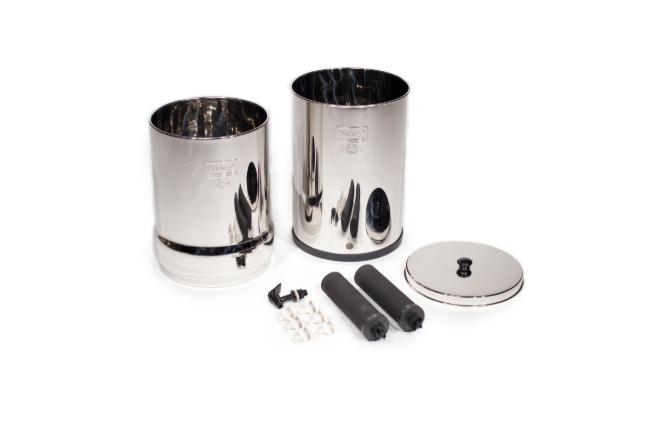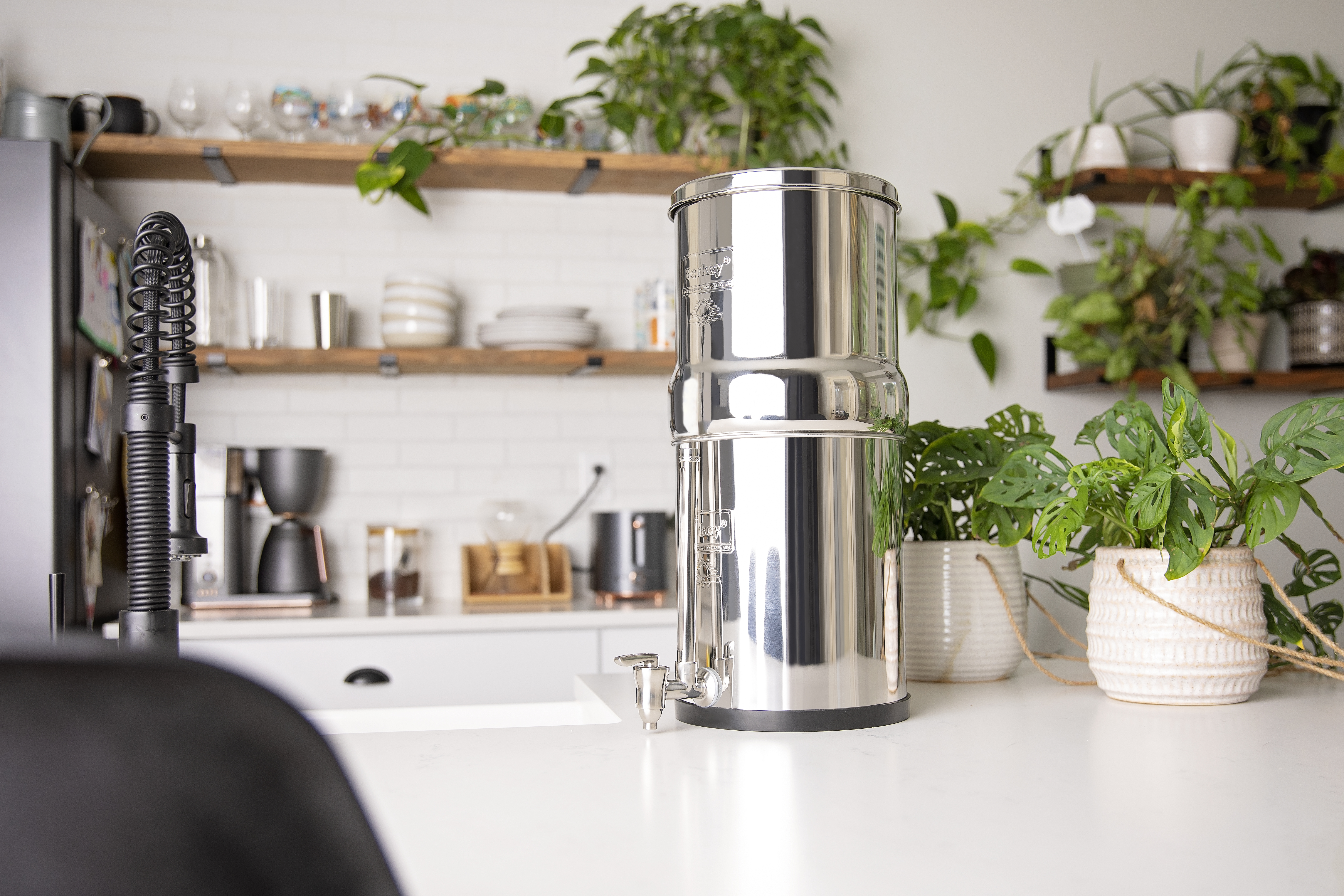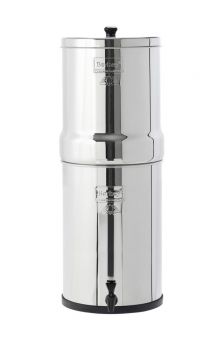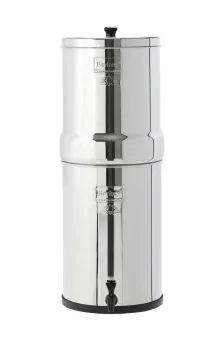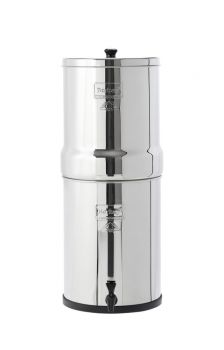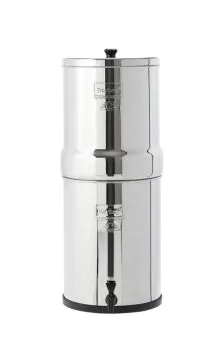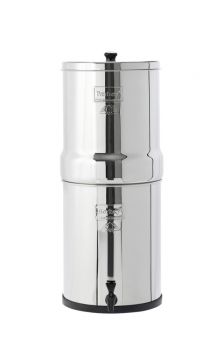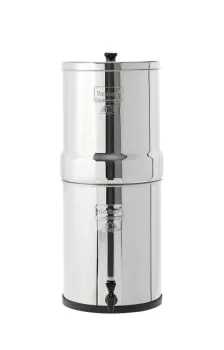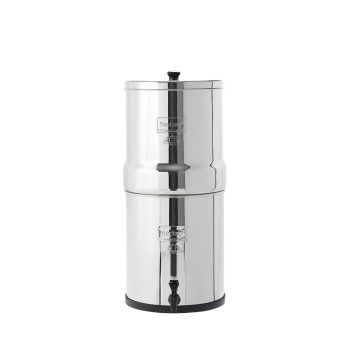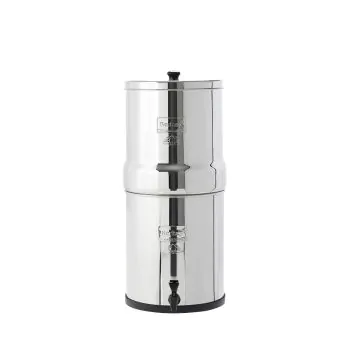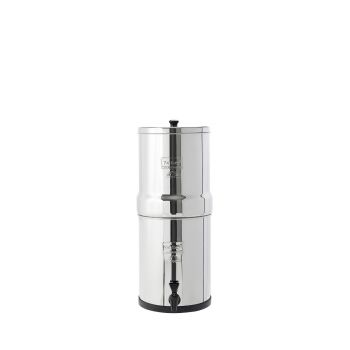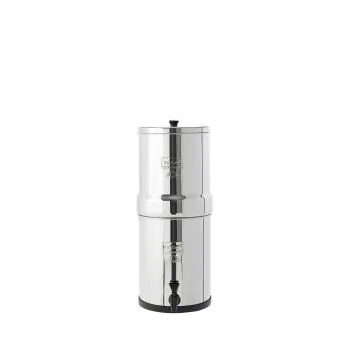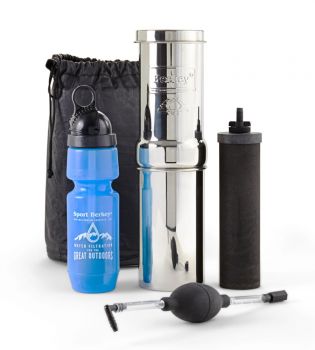Volatile organic compounds, or VOCs as they are commonly known, are a group of drinking water contaminants that are regulated by the EPA. VOCs, which are found in a wide range of household products, including paint thinners and pest spray, can make their way into drinking water supplies through accidental spills or with storm water runoff. Learn more about these harmful drinking contaminants, as well as how to determine whether they are present in your drinking water and how to remove them if they are, below.
What are Volatile Organic Compounds?
VOCs are organic compounds that have a very low boiling point. Consequently, they will readily vaporize into a gas when exposed to normal atmospheric temperatures, which makes them extremely volatile — hence their name.
Where do VOCs come from?
VOCs are found in a wide range of everyday products such as gasoline, paint, solvents, glue and adhesive products, ink, magic marker pens, pesticides, air fresheners, cleaning agents, etc. The volatile organic compounds present in these products is what produces the pungent odor or fumes associated with these products. Because they are so volatile, VOCs vaporize when these products are exposed to air temperature; and because VOCs are so widely used, they are abundant in the atmosphere.
How do VOCs contaminate drinking water?
VOCs typically enter freshwater systems due to careless handling by humans. If VOCs are not properly disposed of they can leach through soils and end up in groundwater, eventually making their way to rivers and lakes that serves as a source of drinking water. They can also be washed into water supply systems with runoff, or they can even form as a byproduct of chemicals used during the water treatment process. Yet, while airborne VOCs can usually be readily detected due to their distinctive odors, VOCs in water are not so easy to detect.
Three of the most widespread VOCs found in water supplies are:
- Trihalomethane (THM), a byproduct of disinfection during the water treatment process, is the VOC most commonly found in drinking water. Water treatment plants typically add chlorine to water to kill any pathogens that may be present. However, if the water supply contains organic matter, it can combine with the chlorine to form trihalomethane. This usually occurs when water is sourced from rivers and lakes, which typically have a high organic content. Trihalomethane is also created when private well owners treat their wells with chlorine. Because chlorination is the most widespread method of disinfection, trihalomethane is the most common VOC found in drinking water.
- Perchloroethylene (PCE), is a byproduct originating from industrial solvents such as dry cleaning products and degreasing agents, and is also present in everyday household products such as shoe polish.
- Methyl tert-butyl ether (MTBE), is a fuel additive added to lead-free gasoline to increase the octane levels. Now that it is extensively used, leaking underground storage tanks and fuel spillages has resulted in MTBE contaminating soil and groundwater, ultimately ending up in drinking water supplies.
What is my risk of VOC exposure?
People who get their drinking water from groundwater sources such as wells are more likely to be exposed to VOCs than those served by municipal drinking water supplies. However, even treated municipal water will still contain VOCs, but at much lower levels. The EPA requires water treatment facilities to monitor their water supplies for 23 regulated VOCs, which have to be within the safety standards determined by the EPA. If your drinking water comes from a well, you should have your groundwater tested regularly to ensure VOC levels fall within the safety limit set by the EPA.

Chamber for measurement of volatile organic compounds emitted from furnishings. Photo Credit:
Tracey Nicholls, CSIROscienceimage.csiro.au/image/2906
Do VOCs pose a health risk?
Currently very little is known about the potential dangers of VOCs in drinking water, largely because there are so many different types of VOCs and also because no extensive studies have been conducted on the wide range of common everyday products that contain VOCs regarding the potential health risk posed by the release of these VOCs. However, preliminary studies suggest that exposure to VOCs can have adverse side effects such as headaches; eye, nose and throat irritations; nausea and loss of coordination. Long term exposure to VOCs can result in liver and kidney damage, impairment of the central nervous system, and it is thought that prolonged exposure to VOCs may also cause cancer.
How does one know whether their drinking water contains VOCs?
In order to determine whether your drinking water contains VOCs you will need to have a water sample tested by a certified laboratory. This process is simplified when using the WaterCheck Standard test kit supplied by National Testing Laboratories, who offer the full testing service included in the price. In addition to 47 other VOCs commonly found in drinking water, the kit also tests for trihalomethanes from disinfection byproducts, heavy metals, bacteria and many other drinking water contaminants. If your drinking water comes from a well you should have your water tested for VOCs annually. Because waterborne VOCs are odorless, tasteless and colorless, you won't know they are present unless you have your water tested.
How can you remove VOCs from your drinking water?
The best way to remove VOCs from drinking water is to filter it with a good quality carbon filter, such as the Berkey water filter. The activated carbon filter cartridge will absorb the carbon-based VOCs as they pass through the filter, rendering the water VOC-free. They will also remove a host of other common drinking water contaminants such as bacteria and viruses, heavy metals, chlorine and its byproducts, and many other pollutants as well. This will not only make your drinking water safer to drink, but it will also taste better too.
Berkey Water Filters
Reverse osmosis drinking water treatment systems cannot remove VOCs, which will pass through the membrane, unless they have a carbon filter fitted before or after the reverse osmosis membrane. The most effective way of removing VOCs from drinking water is through carbon filtration.

